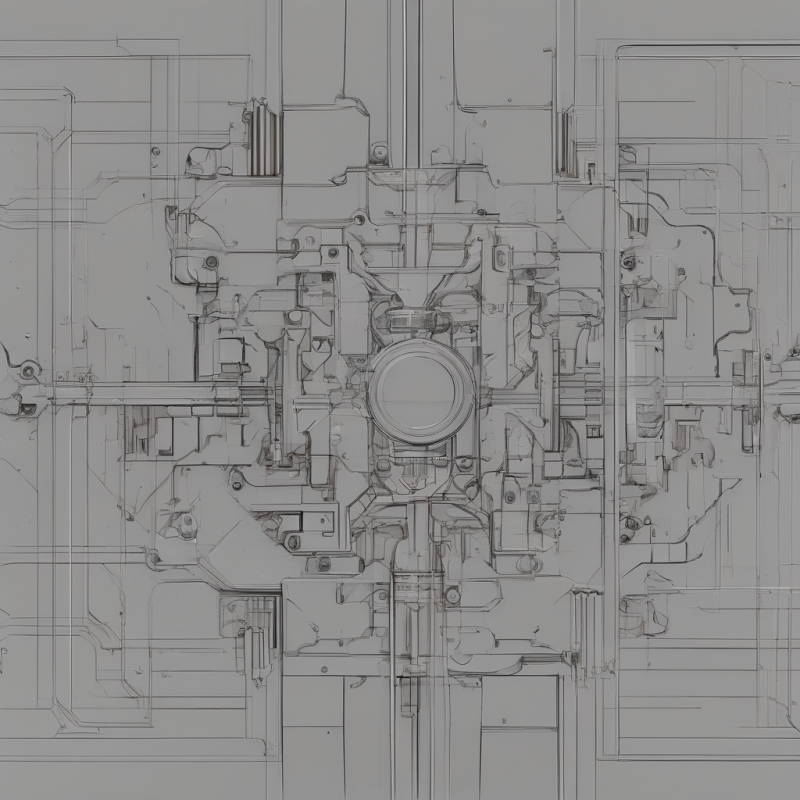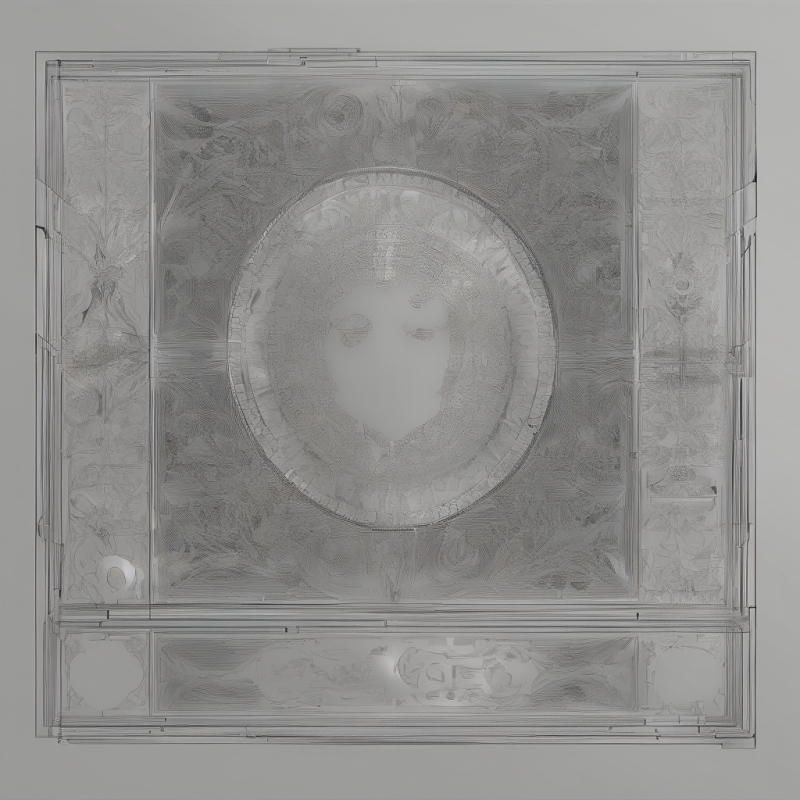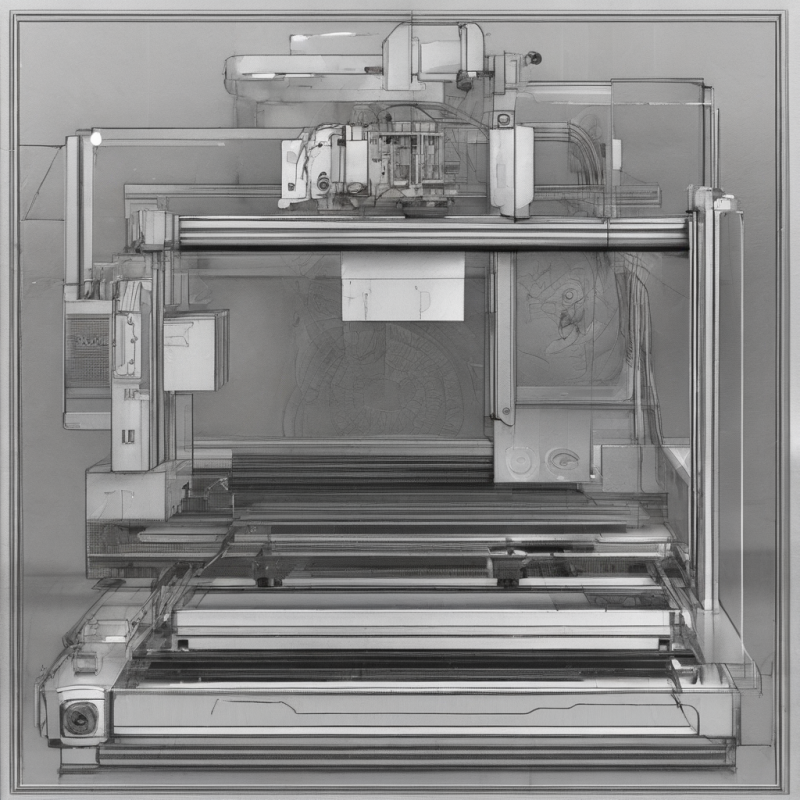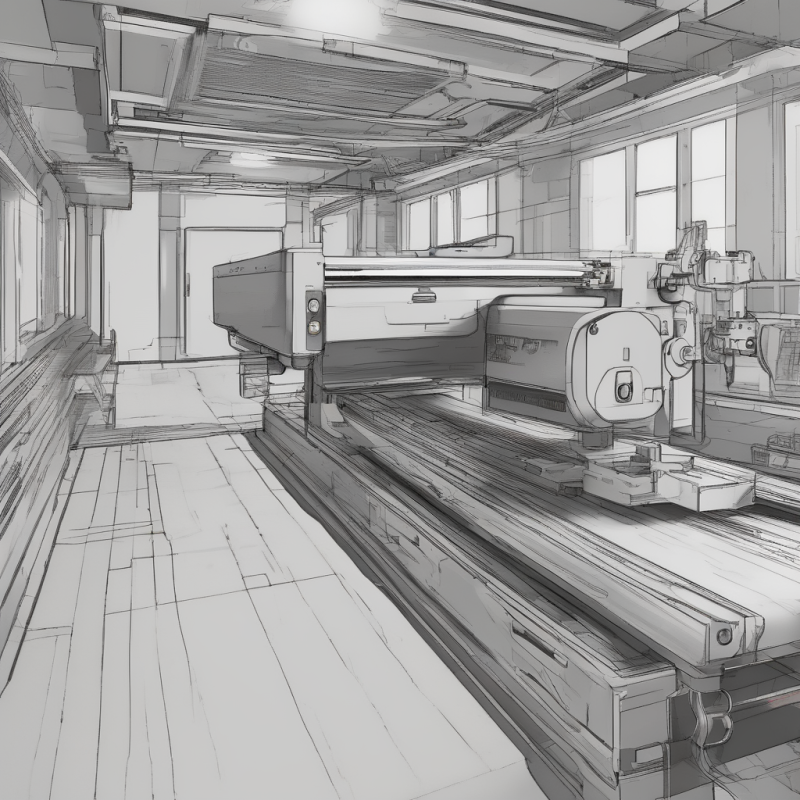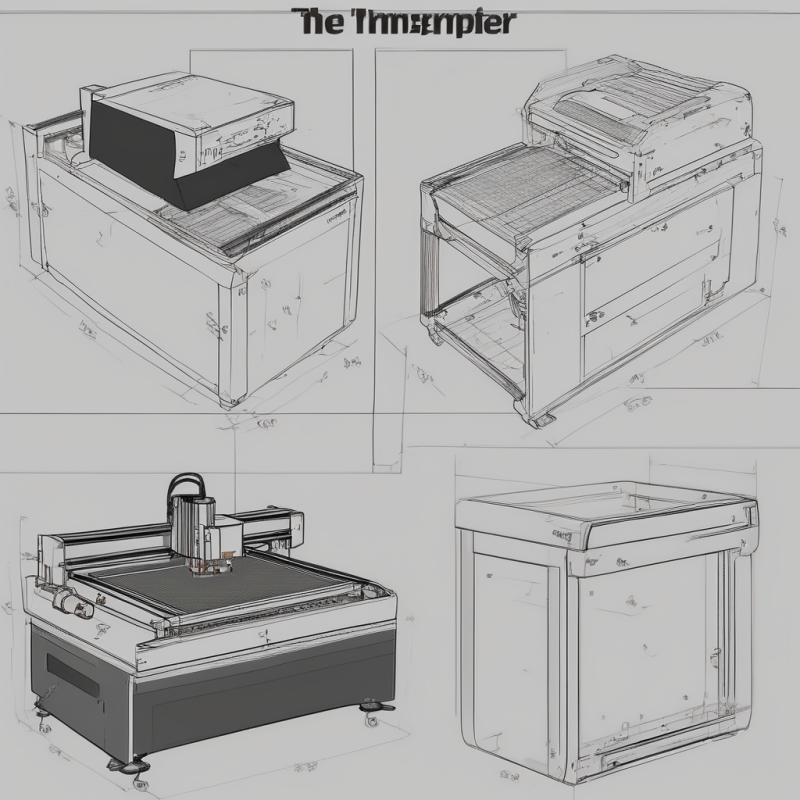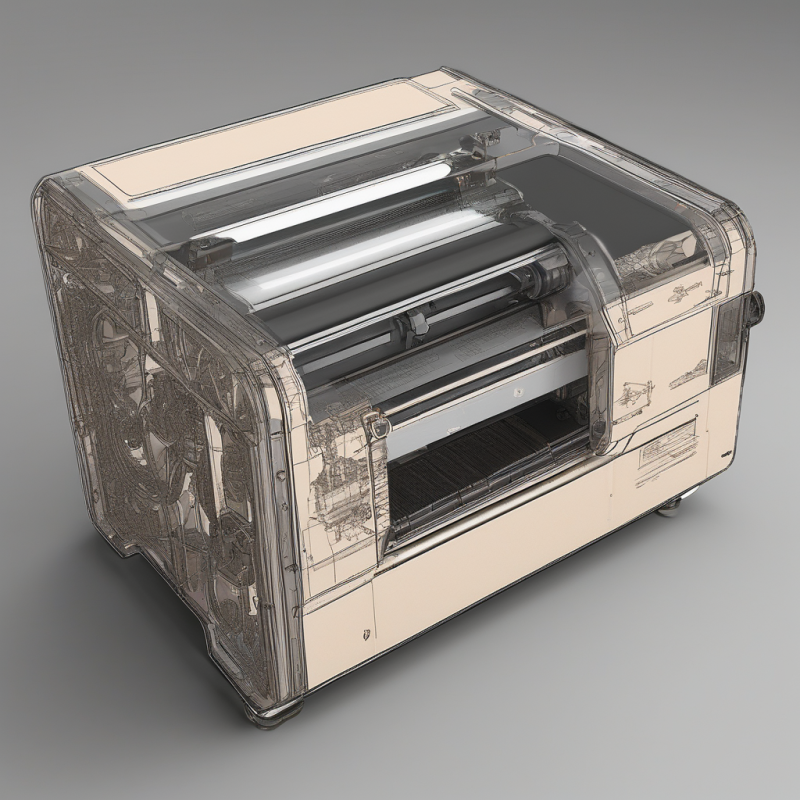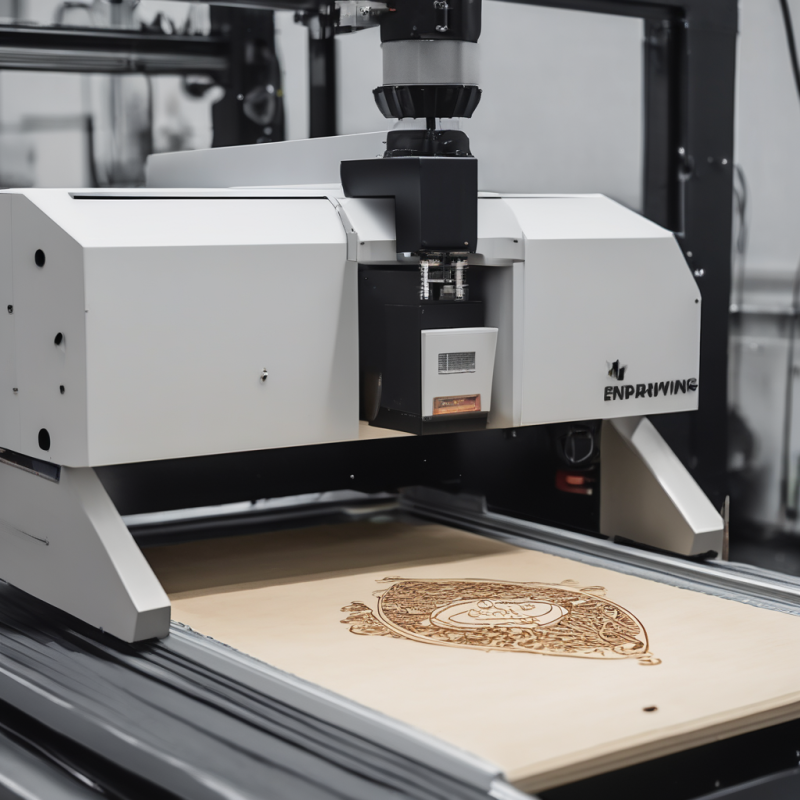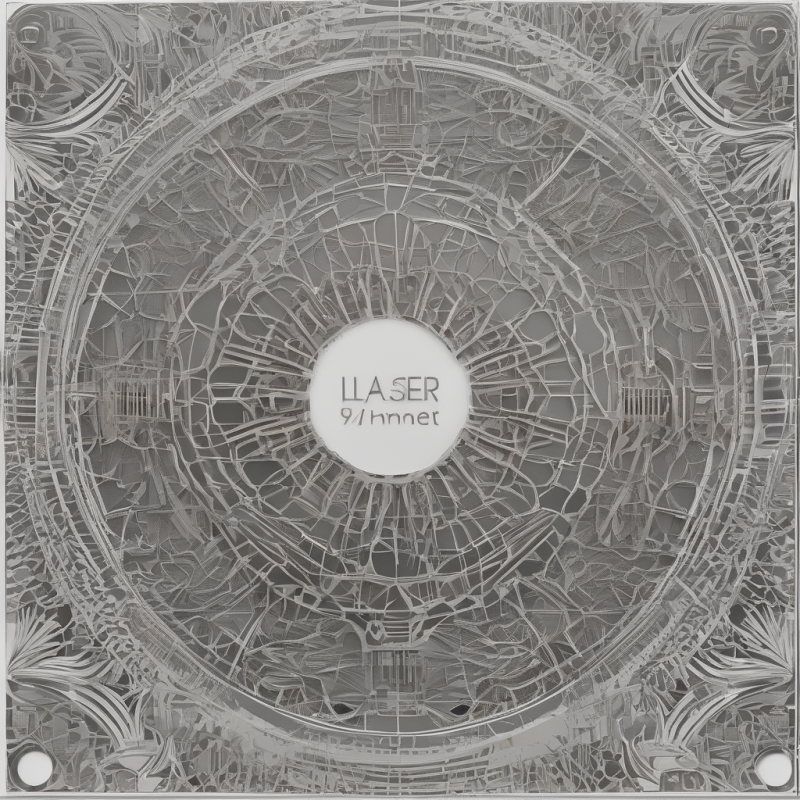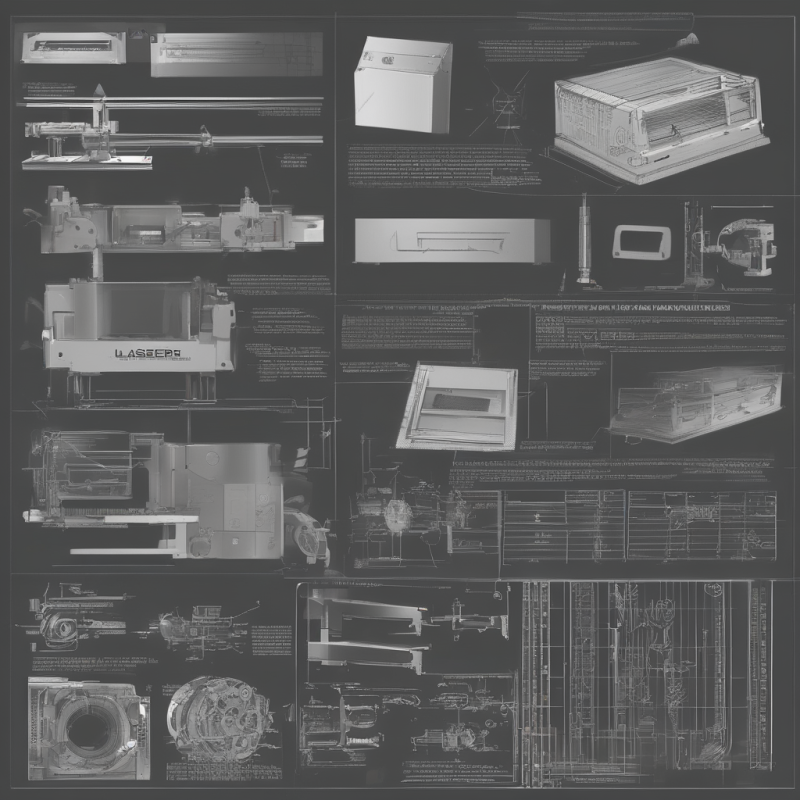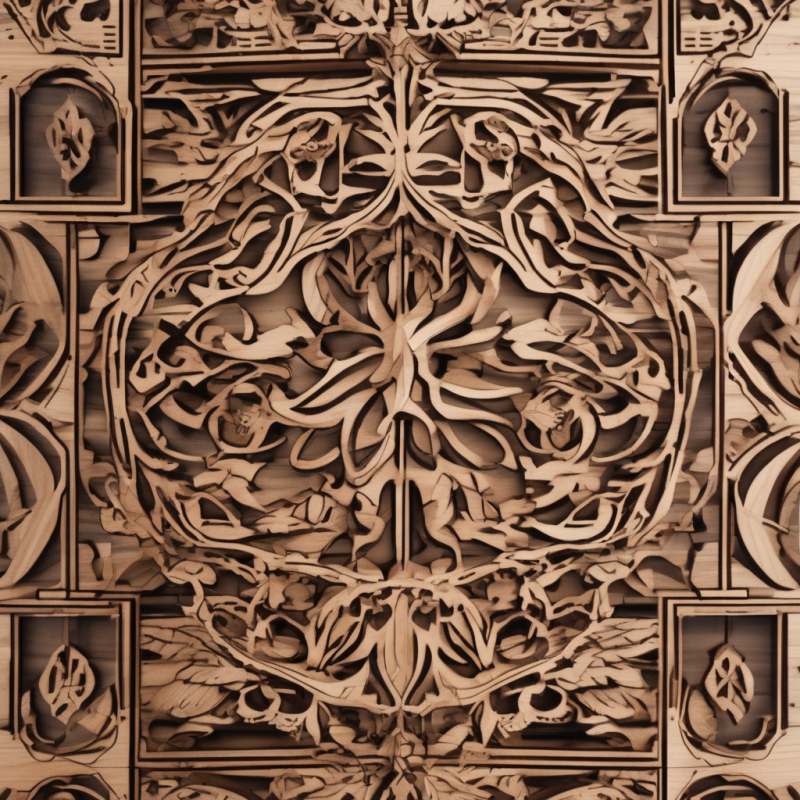Exploring the Best Laser Engraving Paper: Uses, Benefits, and Applications
Laser engraving has revolutionized the way we create intricate designs, custom labels, and personalized items. At the heart of this innovative process lies laser engraving paper, a specialized material designed to withstand the high heat generated by laser cutters while producing precise and durable markings. In this comprehensive guide, we will explore everything you need to know about laser engraving paper, including its uses, benefits, applications, and how it compares to traditional methods.
What Is Laser Engraving Paper?
Laser engraving paper is a type of specialty paper engineered to work with laser cutting and engraving machines. Unlike regular paper, which would burn or char under the intense heat of a laser, this material is formulated to withstand high temperatures while allowing the laser beam to etch detailed patterns, text, or images onto its surface. The result is crisp, permanent markings that are resistant to fading or wear.
The key feature of laser engraving paper is its ability to maintain structural integrity while being engraved. This makes it ideal for creating custom designs, logos, and identification tags on a variety of materials, including metals, plastics, and even glass.
Common Uses of Laser Engraving Paper
Laser engraving paper is incredibly versatile and finds applications in numerous industries. Here are some of its most common uses:
- Creating custom name tags and ID badges
- Designing intricate patterns for jewelry and accessories
- Engraving logos on promotional items, such as pens or keychains
- Producing detailed maps and architectural blueprints
- Marking serial numbers on machinery and equipment
- Making custom invitations and stationery
These are just a few examples of how laser engraving paper can be used to enhance creativity and precision in various projects.
Benefits of Using Laser Engraving Paper
There are numerous advantages to using laser engraving paper over traditional methods. Let’s explore some of the key benefits:
- Precision and Detail: Laser engraving allows for extremely fine details, making it possible to create complex patterns and text that would be difficult or impossible to achieve manually.
- Versatility: The material is compatible with a wide range of laser cutting machines, making it accessible to both professionals and hobbyists.
- Durability: Once engraved, the markings are permanent and resistant to fading, ensuring long-lasting results.
- Speed: Laser engraving is a fast process, allowing for quick turnaround times on even large-scale projects.
These benefits make laser engraving paper an indispensable tool for anyone looking to create high-quality, customized items efficiently and effectively.
Applications Across Industries
The applications of laser engraving paper are vast and varied, spanning multiple industries. Below are some notable examples:
- Jewelry Making: Engraving intricate designs on metals like gold, silver, and stainless steel to create unique pieces.
- Fashion: Adding custom logos or patterns to leather goods, textiles, and accessories.
- Architecture: Producing detailed scale models and blueprints with precise markings.
- Medical Devices: Engraving serial numbers and calibration marks on precision instruments.
- Electronics: Marking circuit boards and components for easy identification.
In each of these industries, laser engraving paper plays a crucial role in achieving the desired level of precision and customization.
How Does Laser Engraving Work?
To understand why laser engraving paper is so effective, it’s helpful to know how the laser engraving process works. The laser machine uses a focused beam of light to vaporize or burn away material from the surface of the item being engraved. This creates a permanent indentation or marking that can be filled with ink or left as-is for a subtle effect.
Laser engraving paper is designed to handle this intense heat without deforming or catching fire, making it an ideal medium for creating templates or direct engravings on various materials.
Choosing the Right Laser Engraving Paper
Not all laser engraving papers are created equal. When selecting the right material for your project, consider factors such as:
- Type of Material: Different materials require different types of laser engraving paper. For example, metal engravings may need a thicker or more durable paper compared to those used for plastics.
- Thickness: Thicker papers are better suited for projects requiring multiple layers or intricate details, while thinner sheets are ideal for single-layer applications.
- Color and Finish: Choose a color and finish that complements your project’s aesthetic. Some papers come in vibrant colors or metallic finishes to enhance the final product.
By selecting the right type of laser engraving paper, you can ensure optimal results for your specific needs.
Advantages Over Traditional Methods
Compared to traditional engraving methods, laser engraving offers several advantages:
- Faster Results: Laser engraving is a much quicker process than manual engraving, reducing production time and costs.
- Better Precision: The focused beam of light allows for far greater detail than traditional tools can achieve.
- Non-Invasive: Unlike mechanical engraving, which can weaken the material being engraved, laser engraving is non-invasive and leaves the substrate intact.
These advantages make laser engraving a preferred choice for industries where precision, speed, and durability are critical.
Tips for Achieving the Best Results
To get the most out of your laser engraving paper, follow these tips:
- Choose High-Quality Paper: Invest in premium laser engraving paper to ensure consistent results and avoid issues like burning or warping.
- Test First: Always test your design on a scrap piece of paper before committing to the final project. This helps you adjust settings and fine-tune your design.
- Use Proper Settings: Adjust the laser machine’s power, speed, and focus according to the material you’re engraving for optimal results.
By adhering to these best practices, you can maximize the quality and longevity of your engraved items.
Frequently Asked Questions
1. Can I use regular paper for laser engraving?
No, regular paper is not suitable for laser engraving as it lacks the necessary thickness and durability to withstand the intense heat of the laser beam. Always use specialized laser engraving paper designed for this purpose.
2. Is laser engraving safe?
Yes, when used correctly with proper safety precautions, such as wearing protective eyewear and operating the machine in a well-ventilated area, laser engraving is perfectly safe.
3. How long does it take to learn laser engraving?
The learning curve varies depending on your prior experience, but with practice and adherence to safety guidelines, you can master the basics of laser engraving in a relatively short time.
Conclusion
Laser engraving paper is an essential tool for anyone looking to create customized, high-quality items efficiently. With its versatility, precision, and durability, it has become a staple in numerous industries. By choosing the right type of laser engraving paper and following best practices, you can achieve outstanding results that meet your project’s demands. Whether you’re a professional or a hobbyist, laser engraving offers endless possibilities for creativity and innovation.


